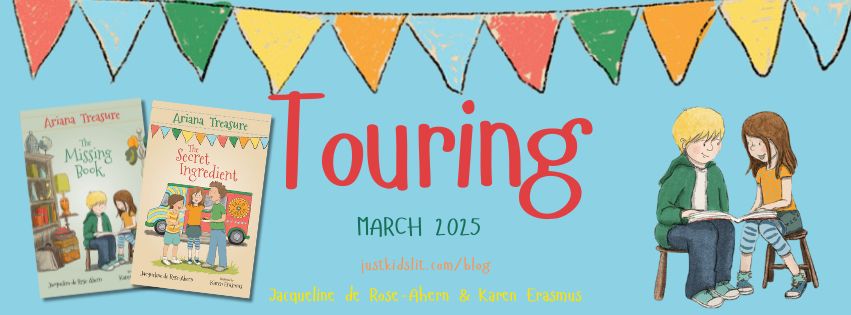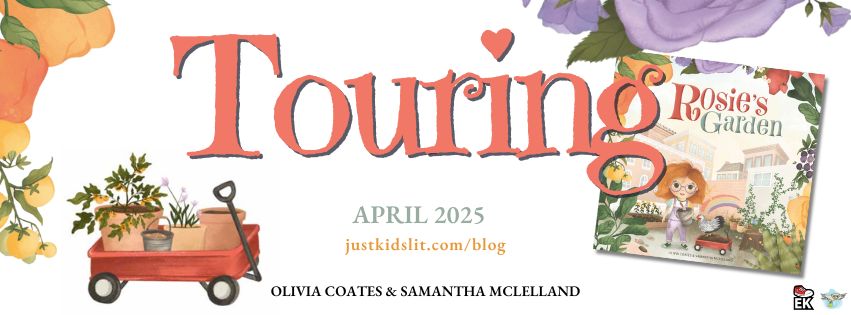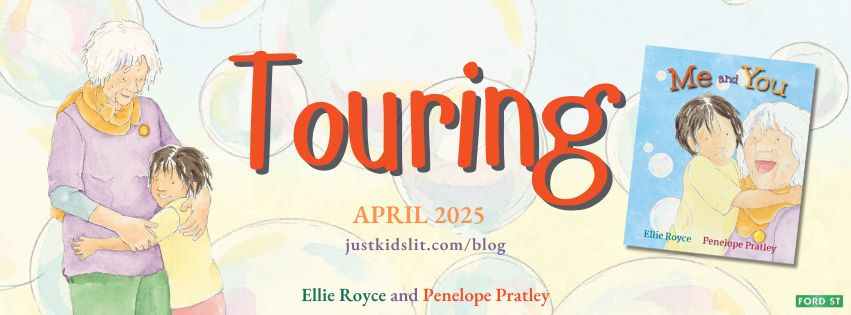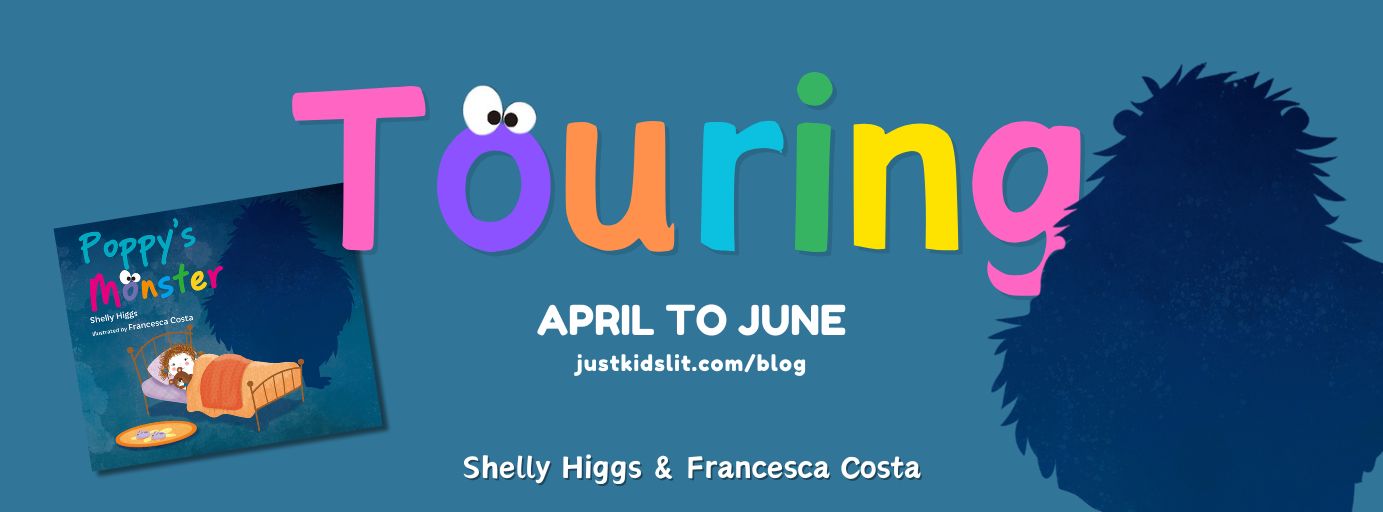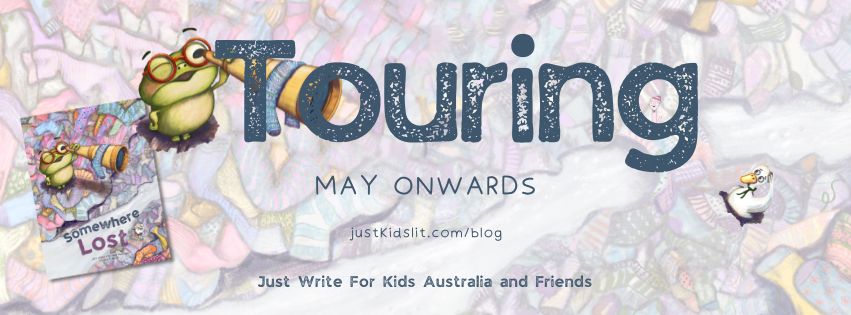#MaxBoothFutureSleuth #FilmFlip #BlogTour #BooksOnTourPR #Day5
Colour My World! It’s a Film Task!
 In this scene in Max Booth Future Sleuth Film Flip, we find Max and Oscar discovering the contents of the roll of film as they project light and the image onto a wall. Although the image of the building on the film is enlarged, it’s still a ‘muddle of strange colours – blues, greens and oranges.’ This is a colour-reversal of the real object, and in the developing stages of film photography, special chemicals are used to transfer the correct colours onto the photographic paper. (Reference: Max Booth Film Flip, p77 and pp.117-118.) Today’s lesson is all about exploring this scientific and technological concept and getting crafty with a colourful photographic drawing activity. Let’s snap to it!
In this scene in Max Booth Future Sleuth Film Flip, we find Max and Oscar discovering the contents of the roll of film as they project light and the image onto a wall. Although the image of the building on the film is enlarged, it’s still a ‘muddle of strange colours – blues, greens and oranges.’ This is a colour-reversal of the real object, and in the developing stages of film photography, special chemicals are used to transfer the correct colours onto the photographic paper. (Reference: Max Booth Film Flip, p77 and pp.117-118.) Today’s lesson is all about exploring this scientific and technological concept and getting crafty with a colourful photographic drawing activity. Let’s snap to it!
Core Curriculum Content Descriptions –
Literacy > Interpret ideas and information in spoken texts and listen for key points in order to carry out tasks and use information to share and extend ideas and information (ACELY1687)
Science > Natural and processed materials have a range of physical properties that can influence their use (ACSSU074 )
Design and Technologies > Recognise the role of people in design and technologies occupations and explore factors, including sustainability that impact on the design of products, services and environments to meet community needs (ACTDEK010)
Visual Art > Use materials, techniques and processes to explore visual conventions when making artworks (ACAVAM111)
Discussion –
What do you know about film photography? Where have you seen a roll of film being used?
Why do you think Oscar needs to be gentle when handling the film?
How do you think the light from Oscar’s torch made the image on the film look larger against the white wall? What other kind of equipment does this remind you of? (Students may have a projector in their classroom or hall).
How has projecting images changed over time? What’s used instead of film?
Why did Max see regular colours on the wall after looking at the projected image of blues, greens and oranges? Were his eyes playing tricks on him?
How do you think images from film are transferred onto photo paper? Find out more on this topic through class research.
What are the main differences and similarities between film and digital photography? Complete a Venn Diagram to organise your thinking.
Exploration Task: Take a digital photo and experiment with colour-reversal techniques in a photo editing program. What does RGB mean? What are the CMYK and RBG colour modes?
Visual Arts Activity –
Objectives
: To understand the differences between an undeveloped image on film, and a developed image with corrected colours.
: Explore different media and colour tones to represent the variations between undeveloped and developed images.
: Represent personal connections to the literacy experience through the artwork.
Goal
: To draw a series of images that represent a connection to the book. i.e. friendship, pet ownership, interesting buildings or landscapes, etc. on the piece of film in its unprocessed colours (blues, greens and oranges) and filter this through the camera lens. Then choose one image to ‘process’ and replicate on a photo in its corrected colours.
Materials:

Template of camera and film – download film template
White paper / card approx. 6’x 4′ in size.
Scissors
Choice of Media including pencils, oil pastels, textas, watercolour paint, etc.
Directions:
- Cut out both the film and the camera. Cut along the two lines within the camera lens.
2. Using your oil pastels in blues, greens and oranges, draw a series of pictures in each square on the roll of film. Make connections between the book and your personal interests, and represent these in your ‘pictures’. Explore using shades and tones of each colour.
3. Colour in your camera with your choice of medium.
4. Slide your film through the cut slits in the lens so that it can move up and down easily, revealing the picture in the lens.
5. Choose an image on your film to ‘process’ into a real photo. Using your white piece of card, replicate this image with its real colours, using pencils, textas and/or watercolour paint.
6. Hang up or frame your new photo!
Template source: www.naucycielskiezacisze.pl
References: Max Booth Future Sleuth Film Flip, written by Cameron Macintosh, illustrated by Dave Atze, published by Big Sky Publishing.
#filmactivity #education #science #technology #literacy #visualarts #photography #editing
Oh Snap! It’s the Film Flip #BookGiveaway!
What’s in your favourite happy snap?
Click the image to enter to WIN!
Cameron Macintosh and Film Flip will be featuring at a number of media sources…

Subscribe at Books On Tour PR & Marketing to stay in the loop.












